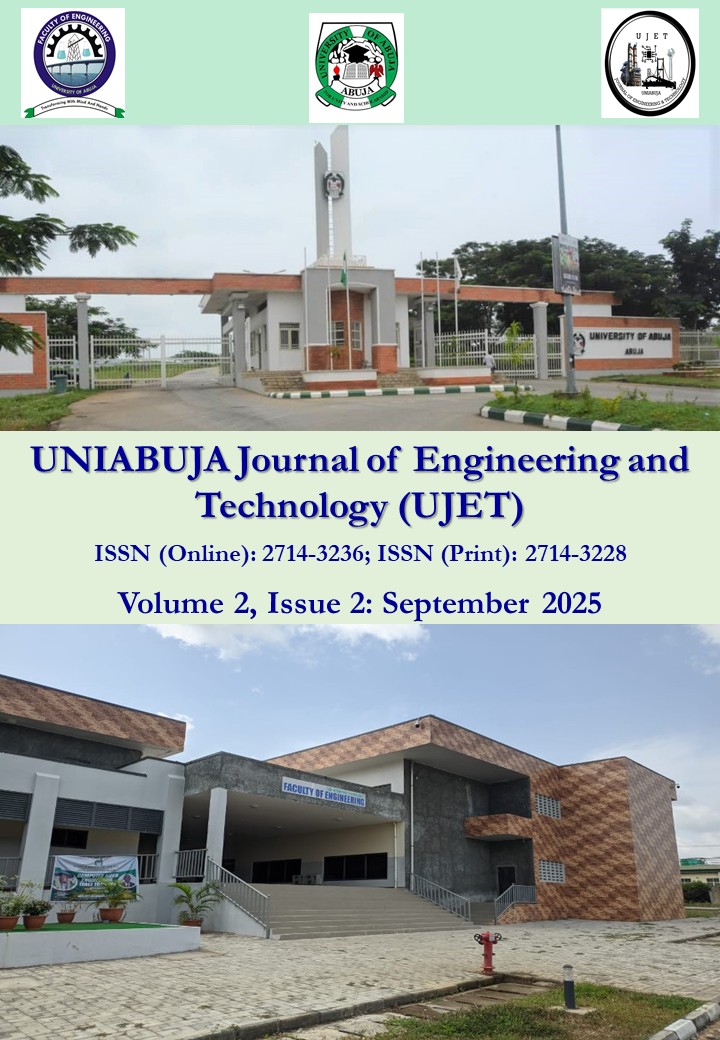Geotechnical Profiling and Experimental Characterization of Lateritic Soils in Abuja Area Councils: A Geographic Analysis
Keywords:
Lateritic soils, characterization, sesquioxide, Engineering, and geographyAbstract
Lateritic soils are highly weathered soils formed in the tropical regions through environmental conditions that favor the formation of iron, aluminum, manganese and titanium oxides. These conditions differ by region leading to the importance of assessing the lateritic soils found in Abuja and their applications. An investigation was carried out on the geochemical and engineering properties of lateritic soil within the six Area Councils of Abuja comprising of Abaji, AMAC, Bwari, Gwagwalada, Kuje and Kwali for its engineering characterization. A total of 24 samples were taken from laterite deposits in each area council and had a total of 168 tests carried out on them for this research. The samples were subjected to X-Ray Fluorescence tests, Grain size distribution, Atterberg limit, Compaction and California Bearing Ratio test in BS and USCS standards. The test results on soil samples based on estimates indicated 75% high Sesquioxide while the remaining 25% were low sesquioxides found at abaji and Kwali; 100% poorly graded and Clayey sand in nature; 66.7% at low plasticity and >5 CBR value while the remaining 33.3% were at intermediate plasticity and <5 CBR value found at AMAC and Kuje; and 100% MDD > 0.04 and OMC < 18. Based on applications, comparisons with local standards were also made, Abuja lateritic soils were found to be favourable which fall within acceptable limits for less demanding general constructions and unacceptable for more demanding constructions such as highway where emphasis is made on very low plasticity index and high CBR value.
Downloads
Published
How to Cite
Issue
Section
License
Copyright (c) 2025 UNIABUJA Journal of Engineering and Technology (UJET)

This work is licensed under a Creative Commons Attribution-NonCommercial-ShareAlike 4.0 International License.
